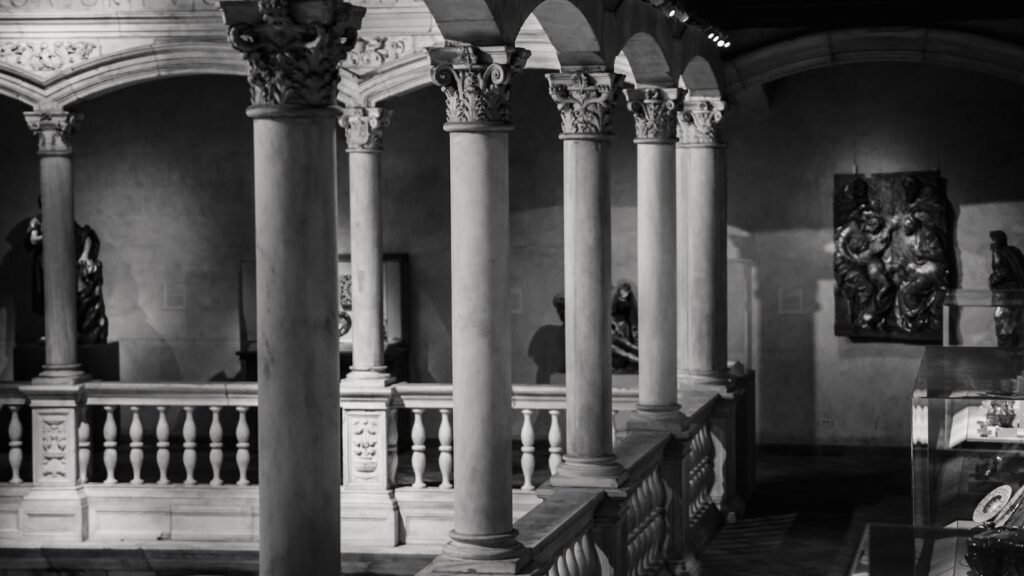Beneath the vibrant streets of New Orleans, a world shrouded in mystery and intrigue awaits. The city’s catacombs, a labyrinth of tunnels and tombs, are steeped in history and folklore. They’re a testament to the city’s rich past, a past that’s as colorful as the Mardi Gras parades that grace its streets each year.
New Orleans Catacombs
Diving deeper into the New Orleans catacombs, it’s revealed that this extensive underground network has extensive roots spanning the city. The catacombs manifest vestiges of centuries, whittling tales of the city’s evolution. They bear markers of New Orleans’ diverse cultural influences, evidence of French, Spanish, African, and Native American heritages. Structurally, the catacombs comprise labyrinthine tunnels and burial tombs, epitomizing a captivating mix of architecture from different periods.

Secret societies frequented these catacombs, their clandestine activities blooming into compelling folklore over time. Yet, there’s more to these catacombs than history and lore. Natural formations make an impressive sight in the catacombs, with stalactites and stalagmites protruding in eerie beauty. Meanwhile, ghostly encounters echoed across narratives indicate a supernatural presence, further enthralling enthusiasts and researchers. This unique blend of the past and present, the natural and the supernatural, indeed underscores why New Orleans’ catacombs continue to allure explorers from around the globe.
The Architecture of New Orleans Catacombs
New Orleans’ catacombs mirror the city’s multifaceted history, their architectural styles reflecting the cultural confluence that informs the soul of the city. Envisaged within these catacombs, arches, usually constructed in Roman or Moorish style, create captivating vistas. Stone corridors, expertly chiseled, exhibit a blend of Gothic and Baroque elements indicative of French and Spanish influences, respectively.
Internal chambers, also known as burial tombs, marry aesthetics with functionality. They’re meticulously arranged, often in a honeycomb pattern, maximizing the use of space. Prominent tombs serve as architectural landmarks, adorned with sculptures, intricate carvings, and inscriptions – silent tributes to their inhabitants’ life and times.
Natural formations, stalactites and stalagmites, punctuate these man-made structures, their sporadic appearances a stunning testament to nature’s contribution to the catacombs’ architecture. All these elements seamlessly mesh, resulting in a subterranean network of tunnels and tombs that’s as complex and intriguing as the city it lies beneath. Their allure lies not just in their historical significance but in the architectural marvel that they represent.
The Role of New Orleans Catacombs in Cultural Heritage
The catacombs beneath New Orleans bear immense significance to cultural heritage. Not only do they embody layers of historical influences, from French and Spanish to African and Native American, but they also narrate a dialogue about the city’s past. For instance, a stroll along labyrinthine tunnels reveals an architectural blend, strikingly incorporating Roman elements with Gothic and Moorish touches—an echo of past ruling periods.

With the catacombs arranged meticulously in a honeycomb pattern, they demonstrate how aesthetics met functionality in ancient times. Internal chambers decked with sculptures and inscriptions speak of creativity, artistic proficiency, and convey messages from bygone times. The catacombs, hence, contribute a distinct element to New Orleans’ cultural panorama.
Beyond just being an architectural marvel, the catacombs stimulate folklore, sustaining stories of ghostly encounters that draw enthusiasts and researchers from far and wide. In essence, the catacombs play a dual role: they preserve the cultural past while enhancing contemporary cultural dialogue, thus rooting New Orleans’ cultural heritage deeper.
Exploring the New Orleans Catacombs
The visit to catacombs offers an intriguing expedition, stirring an exciting blend of fascination and trepidation. Wandering through the New Orleans catacombs becomes an unparalleled experience when one starts unraveling the stories etched in those crypts and vaults. The glyphs, encrypted messages and symbols carved in stone hold hidden tales of the city’s past residents, evolving civilizations, and cultures that clashed and coalesced over centuries.
One finds a rich canvas of vibrant spirituality, gallantry, resistance, immortalized in the chilling silence of the death chambers, signaling a deeper understanding of the region’s robust past. While the catacombs may appear intimidating, their aesthetic arrangement makes navigation considerably manageable. But, it’s advisable to rely on experienced guides to avoid losing oneself amidst the labyrinthine paths.
